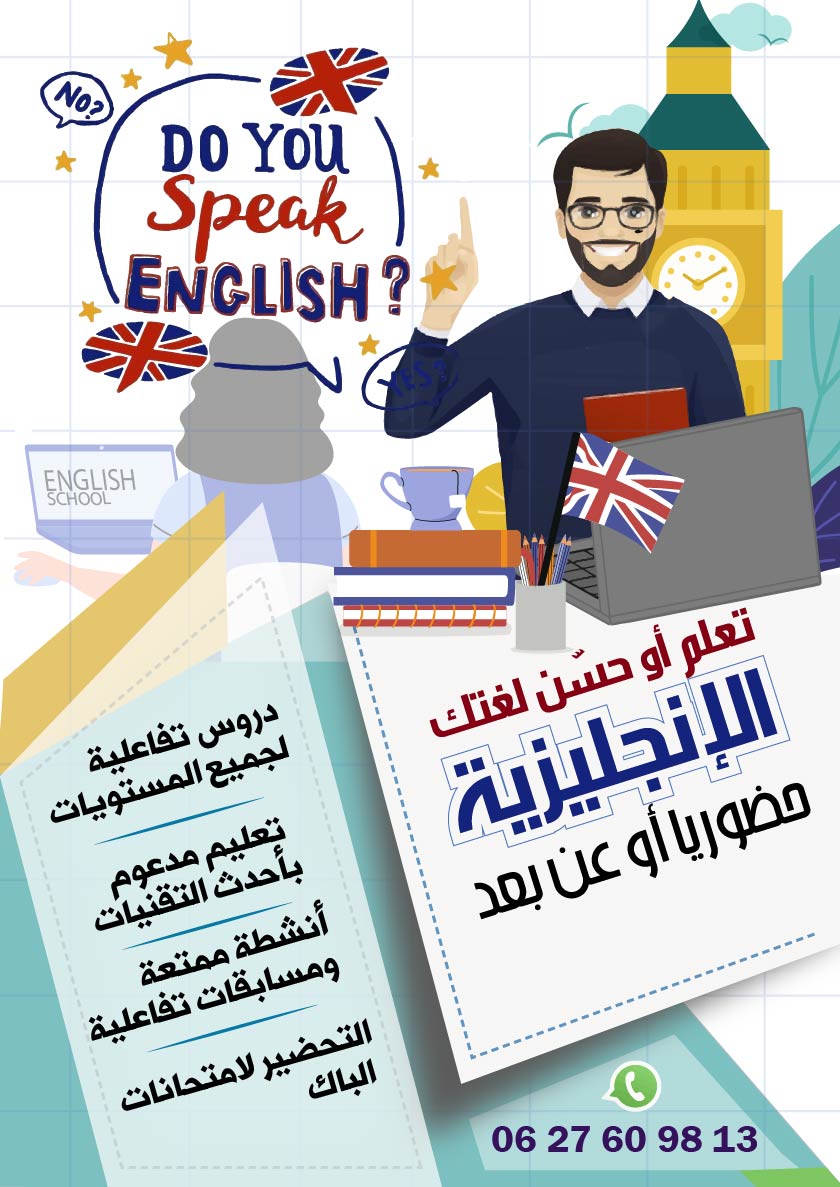
It has been known for the past hundred years that in the teaching profession, teacher is often the provider of themes and contents. Having recourse to the school syllabus, teacher remains the main decider of what students might need when it comes to skills and knowledge at a specific level. Following the official standards and subject textbooks, teacher is to determine the pace of the curriculum while the students have to follow and stay focused in order for them to acquire skills and refine their information.
However, oftentimes students find themselves dead bored throughout the process of learning where repeatedly the teacher is forcing information into their brain that is already tired and wishing to be somewhere else rather than the classroom. Alert teachers often sense that feeling of boredom and apathy among students in the classroom. Teachers with the slightest mercy within their heart would notice immediately that students are losing their focus and interest when the lesson is not going well.
Additionally, teachers who carry a rational mind would detect instantly the discontent on the learners’ facial expression. Such situation is never good news for the teacher as troubles are lying ahead if the teacher doesn’t act quickly to address and readjust the situation. While improvisation can be helpful in this situation, smart teachers should always have plan B when plan A is not working. This is why planning becomes vital and crucial in teaching because while the teacher dives oneself into planning, he can envision the scene, predict the situation and devise plan B accordingly.
Indeed, the teacher’s power in the classroom resides in the fact that in a blink of an eye, he can change the mood of the classroom by making things more interesting, more competitive and more challenging to motivate students. Such motivation prospers in the classroom and reaches the students only if the teacher himself is prepared and motivated in showing pride and joy in what he is doing. However, teacher and students remain both humans and they are in need of change within the classroom setting from time to time.
Furthermore, teachers who do not reflect on their own teaching can rarely make any progress in improving it. In fact, if teachers want to shed a twist in the core of teaching and learning and break the routine in the classroom, he is compelled to provide students with opportunities to own their own learning through engaging them into working on projects. Such approach is called PBL approach.
For your information, PBL stands for Problem-Based Learning not to confuse it with Project-Based Learning. Contrary to any school Project-Based Learning, Problem- Based Learning is not about the outcome of the project. Problem-Based Learning strategy cannot be reckoned to be approached as a regular lesson where teacher exposes students to a content that needs to be learned and somehow understood to be used when needed. The PBL operation goes deeper than that as students have more freedom in interacting with the problem in collaboration with their peers and teacher to understand the problem profoundly and eventually reach a solution. As a matter of fact, Problem-Based Learning is a student-centered pedagogy in which students learn about a topic through the experience of identifying, exploring, analyzing, synthesizing dissecting and evaluating a problem.In other words, Problem-Based Learning as a learning approach helps students discover themselves and their passion about learning.
Also, it is imperative that teachers understand that students real learning when dealing with PBL depends namely on their deep interest to the problem that is suggested where students are actually invited and encouraged to find a real solution. Throughout the process, students learn both thinking strategies and domain knowledge. They become the producers of content based on their own interest. Teacher, however, plays the role of the observer, the guide and the assessor. Beside serving as a resource to the student teams, the teacher plays the role of the manager where he monitors their progress for final product as they work in groups. Now, how does PBL work?
While the Problem-Based Learning approach is a bit challenging, in a foreign language classroom setting the challenge is twice the size If teacher doesn’t see deep interest and an apparent passion in the students eyes about the problem. As a result, teacher has to be very creative in selecting the problem that would resonate with the students in terms of liking, loving and being passionate about it. It is more about the process that learners go through to develop their passion to solve the problem while learning how to identify, analyze, explore , search and collect the information as well as collaborate and communicate with peers about the problem.
Truth to be told, working on a problem solving situation using PBL approach requires a lot of preparation and more thinking and digging from the teacher than its implementation. Throughout the planning process, teacher should craft the essential question that is appealing to the students. The essential question is the dragging force behind the evolvement of the project . It is the point that triggers students’ curiosity and engage them to analyze and dig deeper. In addition, it has to be authentic and open-ended. If the teacher doesn’t have a clue about the problem, it is advisable that he would create a survey or just ask students about problems that bother them in the school, neighborhood or the community and then pick the most frequent one.
Teacher can provide the time frame for the project to be finalized and schedule meetings for the groups to discuss and reflect on their findings. Teacher can assign a role for each student within the group based on their learning style. In a group, while one can be the writer, the second is the editor, the third is the photographer and the last one is the speaker.
Whilst the writer is in charge of writing and taking notes during the meetings, the editor has the job to organize the information and proofread the final product. The photographer, on the other hand, is the collector of pictures that illustrate their answers to the essential question throughout the project. The speaker has the task to present the final product and answer any questions raised by an audience within the classroom or outside the classroom.
As a final thought about PBL, such teaching experience does truly re-define the vital role of the teacher inside the classroom where he becomes a guide and a facilitator rather than a teacher. Moreover, the students throughout the process of PBL will be exposed to a lot of information along with many problems where they need to discuss, organize , analyze and classify the information among the group to solve those problems. It is through research, discussion and ongoing interaction that students can acquire real life skills that will help them grow and be prepared for the future while gaining knowledge in a Problem-Based Learning.
Rabahi Yazid M.ED.
___________________________



































